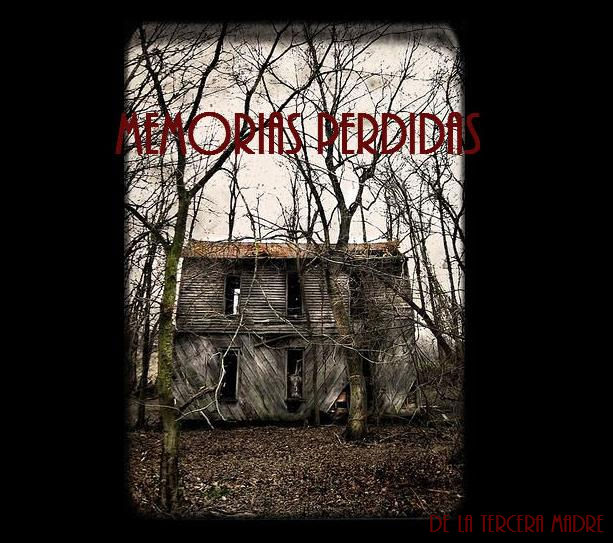Photograph by Historic Photo Archive, Getty Images
A
person in a ghost costume stands with a table full of Halloween
decorations in a rural U.S. schoolhouse in 1905. Nature often inspired
Halloween costumes and decorations a century ago, with cornstalks (as
seen above), vegetables, tree branches, and leaves showing up as common
elements, according to Bannatyne.
Photograph copyright DaZo Vintage Stock Photos, Images.com, Corbis
Decked out for Halloween, a masked woman on roller skates—most likely a random addition to her costume—poses in 1910.
Part of an old U.S. Halloween tradition, blindfolded children attempt to put out a candle in a photograph dated to the 1900s. The game, probably called "blow out the candle," is often mentioned in early Halloween party books, Bannatyne said.
Halloween in the U.S. was mainly a celebration for children until the premiere of the 1978 slasher flick Halloween, when the holiday "became paired with contemporary horror," she added.
This
new association with bloody violence—and the attendant gory costumes
and decorations—"opened up the holiday for adults and older children to
celebrate, [and] made [it] more popular."
Published October 29, 2010
Photograph copyright Vintage Images, Alamy
Possibly
conjuring a witch, sorcerer, or clown, one woman's 1910 Halloween
costume (pictured) has several possible meanings, according to
Bannatyne.
The star and moon icons, for instance, may reflect a
fascination with mysticism and magic, which have been connected to the
"spooky aura" of Halloween for centuries, Bannatyne said. (Related: "Ritual Cat Sacrifices a Halloween Myth, Experts Say.")
Women wearing improvised witch costumes line up for a photograph in the U.S. in 1910.
"Witches
and Halloween have been tied together in the public's imagination since
at least 16th-century Scotland," Bannatyne said. At that time, "you
begin to find poems such as Alexander Montgomerie's 'The Flighting of
Polwart,' where witches ride through the night on All Hallow's Eve."
Costumed girls—including one swathed in swastikas—smile for the camera
on October 25, 1918, on the way to a Halloween dance pageant. The
swastika had different meanings before the rise of the Nazi party in the
mid-20th century—for one, it's an ancient symbol for life in some
Indian religions, according to Columbia University.




















































